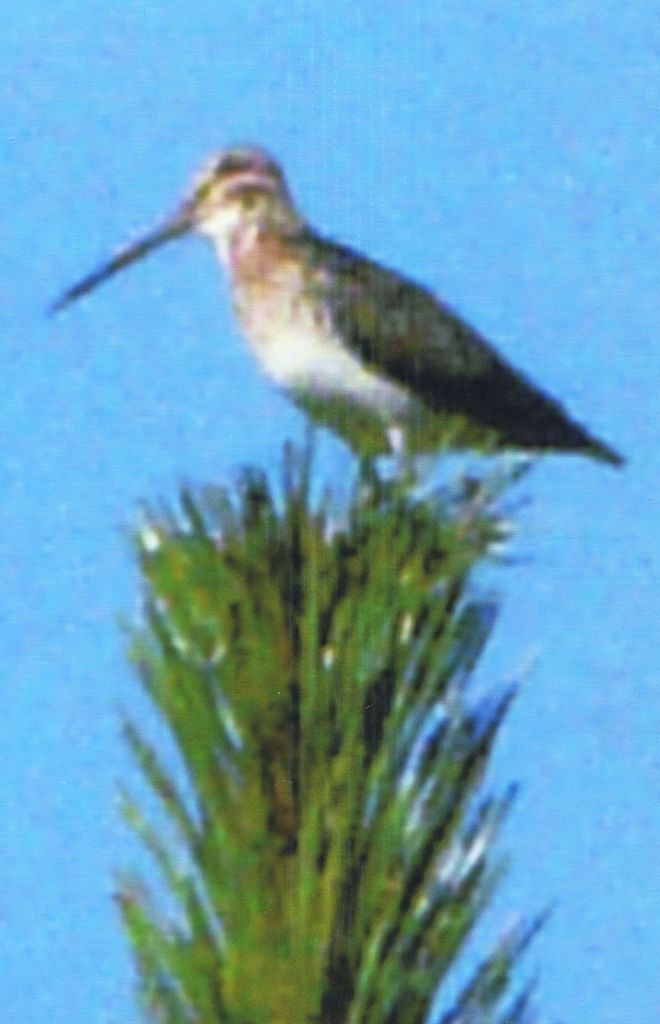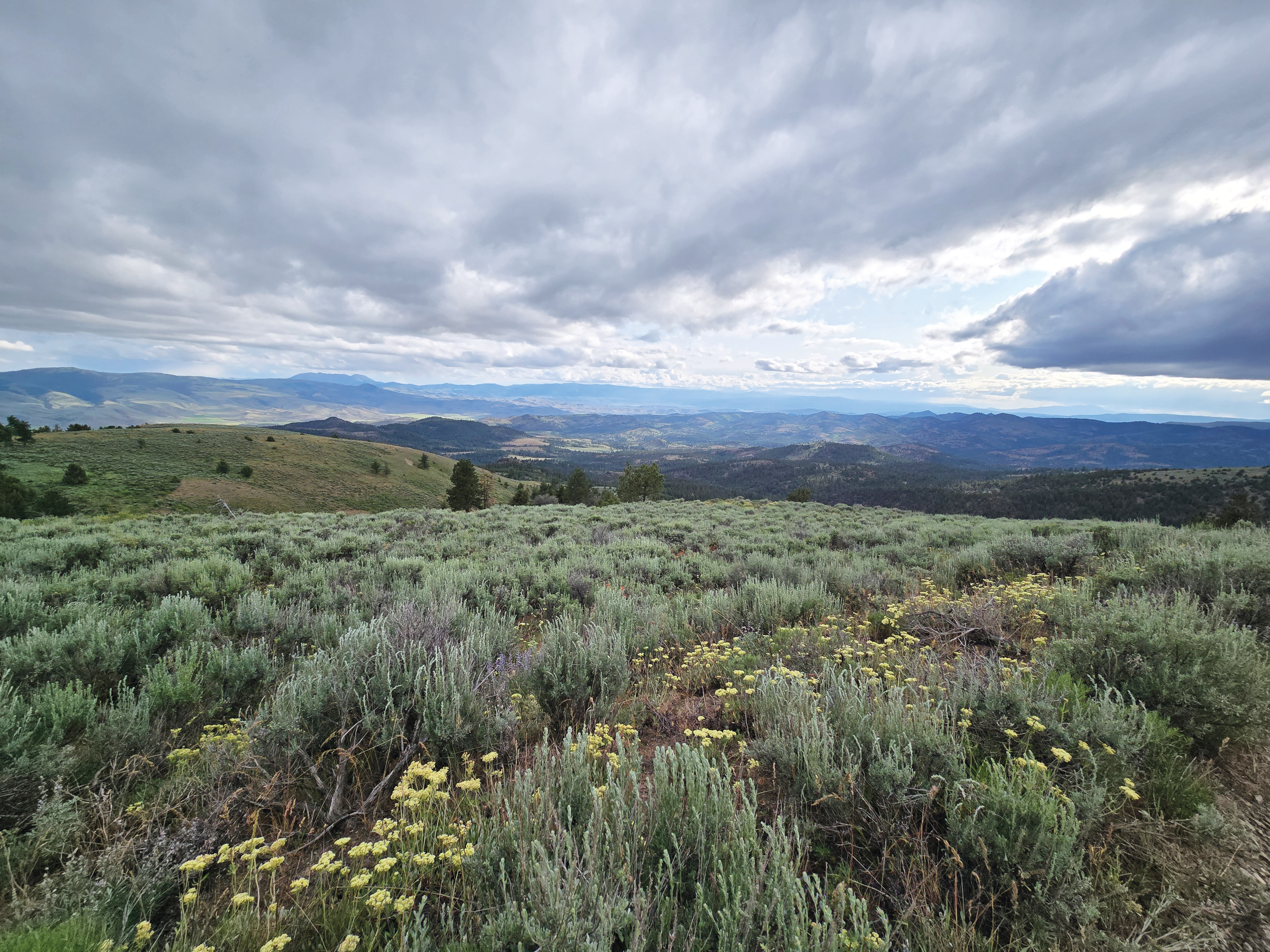Common snipe a fascinating study
Published 6:28 am Wednesday, September 17, 2014

- photo This common snipe was photographed locally atop a tall pine tree, which seems uncharacteristic for the bird.
This rare photo of a common snipe was taken recently by a resident of our former cattle ranch on Upper Prairie Creek. The bird is perched at the very top of a pine tree on the ranch.
I have often seen these snipes sitting on fence posts, but I have never seen one this high up in a tree. There are other common names for these birds, such as Wilson’s snipe, jack snipe, bog snipe and marsh snipe. They nest from Alaska to California and Arizona. They are closely related to the woodcocks that are in the eastern states and both belong to the family of sandpipers.
The common snipes usually build their nests in the middle or edge of a swamp or pond where they lay four pear-shaped eggs which are quite large for the size of these birds. They sometimes build their nest on a floating island, but one thing they have to endure when nesting in a marsh is there will be lots of noise all night long from bull frogs, peepers and thousands of tree frogs.
The snipes are pretty good at being noisy themselves when they are trying to show off in front of a potential mate. When they are on the ground they try to imitate a turkey gobbler by strutting their plumage and dragging their wings. But what is far more impressive is when they fly high up in the sky and then go into a power dive, which creates a loud noise that sounds like a Hereford bull bawling. When I was a kid it took me a long time before I found out what was making that noise.
One thing these marsh snipes have going for them is when their chicks leave the nest they don’t have to be fed anymore. You won’t see their parents cramming worms into their beaks like the robins do. The young start catching the abundance of insects, larvae, mayflies and water beetles. They are quite versatile in that they can swim, dive or wade and soon learn how to immerse their long beaks into the mud to catch other types of worms. It takes them a little longer to learn to fly the zigzag pattern of flight that their parents use when flying over the water.
The common snipe is a very interesting bird to study.






